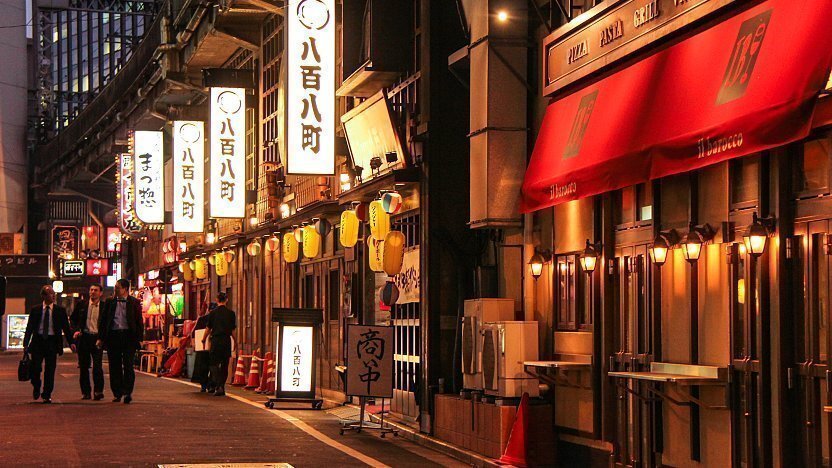Chuo-ku, Tokyo
One of the most lavish neighborhoods in the country, Ginza is known for its upscale shopping district. With this in mind, eating in Ginza means that it comes with some of the best food but the priciest tags. It’s also right next to the world famous Tuskiji Fish market, so their sushi and seafood restaurants have the freshest seafood coming in.
Some foods that Ginza is known for:
The high end sushi restaurants
Japanese dumplings
Traditional Japanese cuisines and hot pots
Upscale cafes
Photo Credit: Culture Trip
How to get there
The Ginza Station can be accessed on the Tokyo Metro Hibiya, Ginza and Marunouchi Line.


















